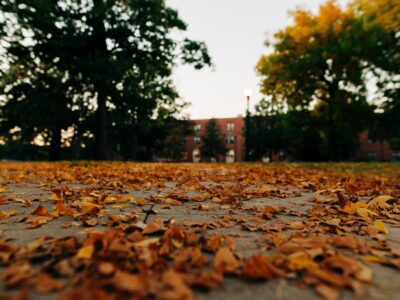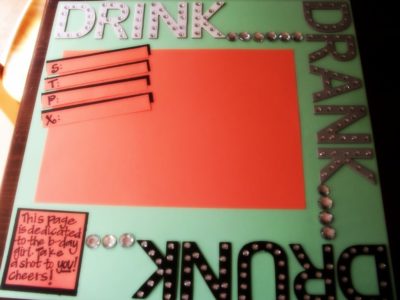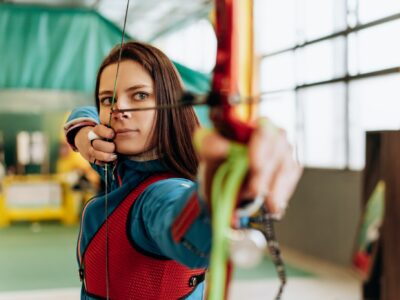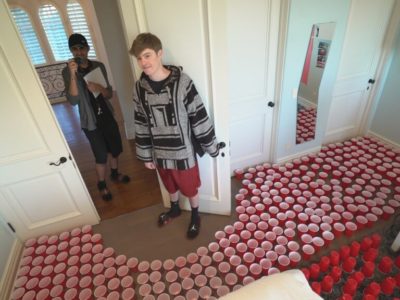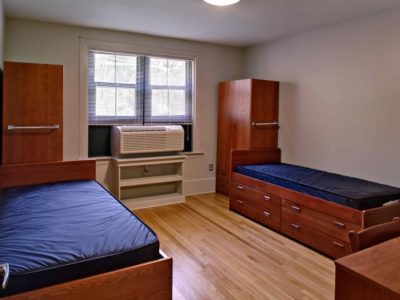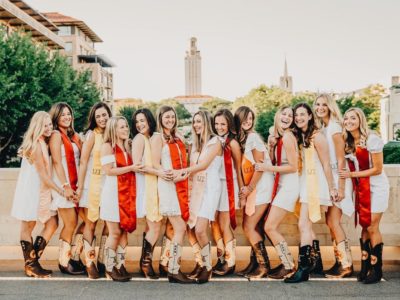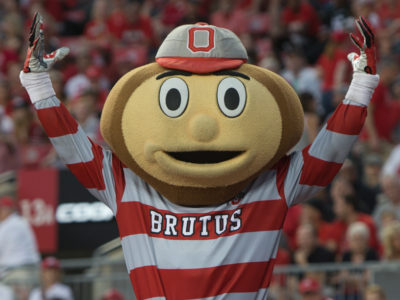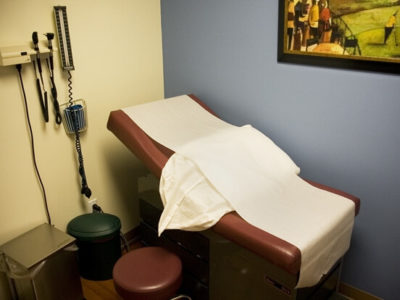From the beginning, I knew where I would attend college. In the required application essay, I wrote that it had “always been the dream.” I wrote about their lake, football, their research and the diversity they touted. Little did I know that diversity was just the beginning. Within two and a half hours of home, it was the perfect distance. As a first-generation student attending a four-year university, I had no idea what I was doing and frankly, neither did my parents.
I wasn’t even planning on applying to any other university.

After completing the FAFSA, my family and I were shocked at how much assistance we needed. I hadn’t even started applying anywhere, but my classmates were already telling me about getting accepted into their schools. My friend’s mother, a college planner, had reached out to me asking if I needed help navigating the college journey; I couldn’t have said yes any faster. After she and I chatted about the FAFSA and starting applications, she was surprised that I only had one school in mind. With some pushback, she convinced me to apply to more. As I reluctantly searched, I kept thinking, “Why would I apply anywhere else if I know where I’m going?”
Stressfully, I ended up with six other schools to apply to, but only really liked two of them. By April, I was accepted into six of the seven I applied to, including my dream school. With the decision due in a month, I wasn’t worried since I already made a decision back when I was six. Regardless, my college planner urged me to tour other schools.
Unenthusiastically, I agreed to tour one other school only if we got to tour my dream school, too.
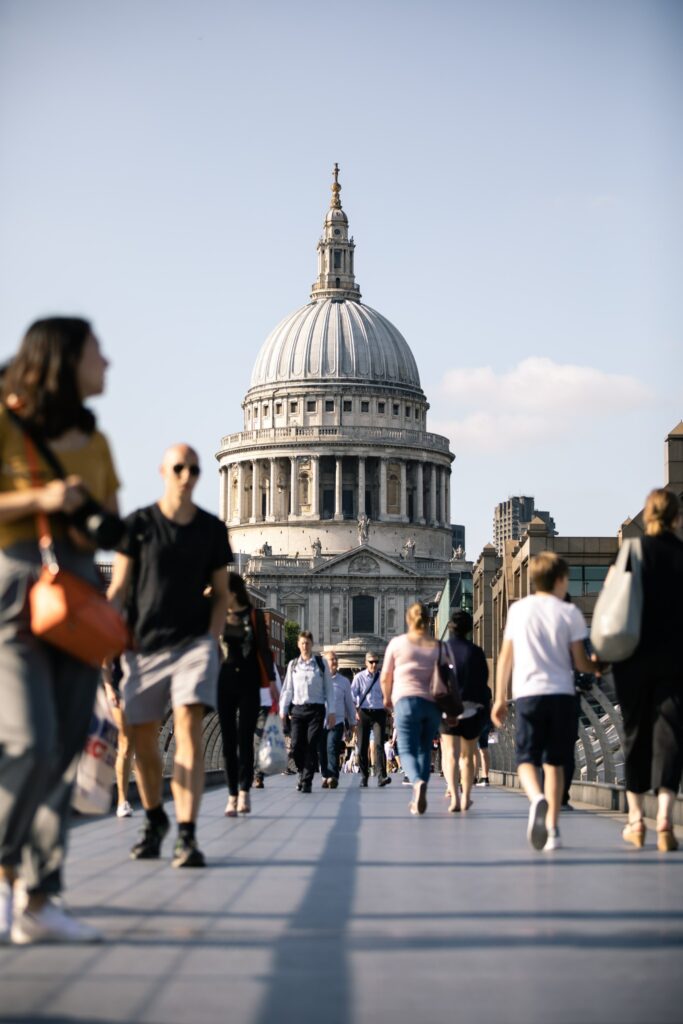
Of course, I visited the city of my dream school in the past but never actually toured the campus. Younger me only saw a big capital building surrounded by students and knew I wanted to be there. Older me saw students everywhere, but I saw others who looked the opposite. The main road of campus was crowded with people. It looked like Black Friday shopping on a random Tuesday. To say I felt overwhelmed was an understatement. It was a city in a campus rather than a campus in a city. There were people drinking and smoking a few feet from the academic buildings. My mom looked frightened at the scene.
After getting past the busy street, we climbed a mountain to the main building of the campus. I imagined myself falling on ice just to get to class in the winter. The thought made me shiver despite the sweat rolling down my face. I had to convince myself to continue into the building. After all, I was going to college for academics, not geographics. I asked the tour guides if I could meet with a chemistry professor to talk about the program, and their response was, “probably not.”
I was flabbergasted.

Their website told me how amazing their professors and research programs were, but apparently not enough to show prospective students. I felt unimportant and defeated. What was the purpose of a tour if I didn’t get to meet people and see where I would live for the next four years? The car ride home was devastating. I felt empty, my dream crushed.
With less than a month to decide where I would attend, my parents and I explored another college and I loved it. It was a perfect balance of city to campus. An advisor met with us for an hour, and I toured around their facilities, but unfortunately it was more than out of my budget.
I had zero direction.

I never seemed so uncertain about my future before. As a last resort, I took a spontaneous trip to tour Drake University with an underlying thought that there was no way I’d attend a school in Iowa. Once I got there, I was welcomed by my admissions counselor who would later talk to us for hours about everything we’d ever want to know. I met with the head of the chemistry department and he personally gave me a tour around the labs. I felt like a person, not a number. There were no treacherous hills to climb and the campus sat a comfortable distance from the busy city. I went from my dream college to one I would’ve laughed at. It was perfect.
Turns out, six-year-old me had no clue.

